Wingspan 11 m First flight March 21, 2008 | Length 9.14 m | |
 | ||
Unit cost 950,000–1,250,000 USD (2011) | ||
Lancair evolution 750hp turbine
The Lancair Evolution is an American pressurized, low wing, four-place, single engine light aircraft, made from carbon fiber composite, developed by Lancair and available as an amateur-built kit.
Contents
- Lancair evolution 750hp turbine
- Lancair evolution luxury cockpit interior
- Development
- Specifications Evolution with PT6
- Related Aircraft
- References
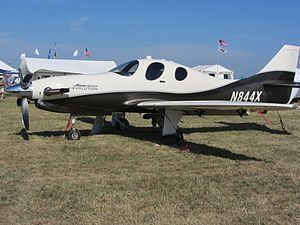
The Evolution can be powered by a Lycoming TEO-540-A piston engine or a Pratt & Whitney PT6-135A turboprop powerplant.
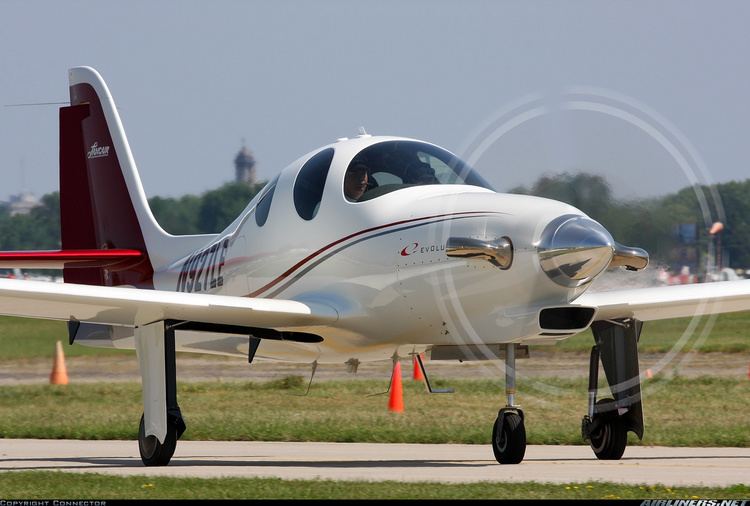
Lancair evolution luxury cockpit interior
Development

The Evolution was designed to meet the same FAR Part 23 aircraft certification standards that type certified aircraft comply with. The kit includes energy absorbing seats.
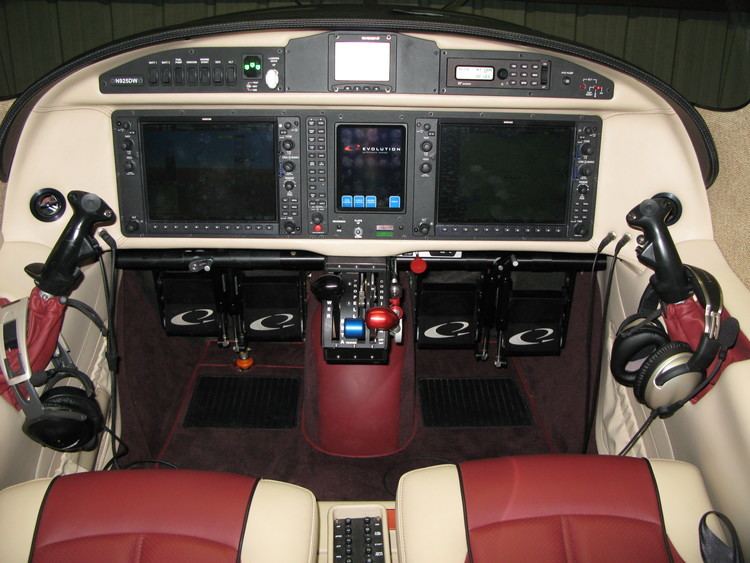
The aircraft is pressurized and was designed for a 6.5 psi (0.45 bar) differential pressure, giving an 8,000 ft (2,438 m) cabin pressure at its maximum altitude of 28,000 ft (8,534 m).
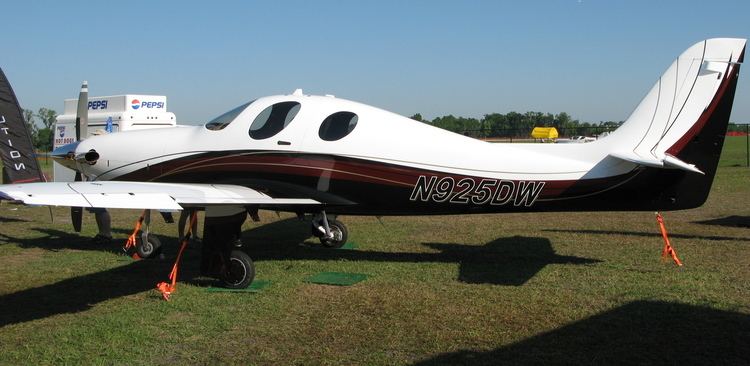
The turbine version of the Evolution is powered by the 750 hp (559 kW) Pratt & Whitney PT6A-135A and has a maximum cruise of 300 kn (556 km/h) at 25,000 ft (7,620 m) on a fuel burn of 39 US gal (148 l) per hour of Jet-A. Cruising at an economy cruise of 270 kn (500 km/h) at 28,000 ft (8,534 m) it burns 23 US gal (87 l) per hour. It has a full-fuel payload of 837 lb (380 kg) and a 61 kn (113 km/h) flaps-down stall speed.
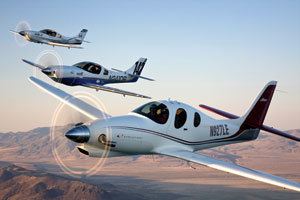
The piston version is powered by a Lycoming TEO-540-A2A engine and has a maximum cruising speed of 270 kn (500 km/h) on a fuel burn of 22 US gal (83 l) per hour of avgas. At an economy cruise speed of 240 kn (444 km/h) the fuel flow is 17.5 US gal (66 l) per hour. It has a full-fuel payload of 773 lb (351 kg) and a 61 kn (113 km/h) flaps-down stall speed. A second piston variant was introduced in April 2016, powered by a Lycoming iE2 engine of 350 hp (261 kW).
The first customer kit was delivered on 22 July 2008 and production was planned at that time for two kits per month. By December 2011 one piston model and 15 turbine models had been completed and flown. Construction time from the supplied kit is estimated as 1000 hours.
Specifications (Evolution with PT6)
Data from Lancair and Kitplanes
General characteristics
Performance
